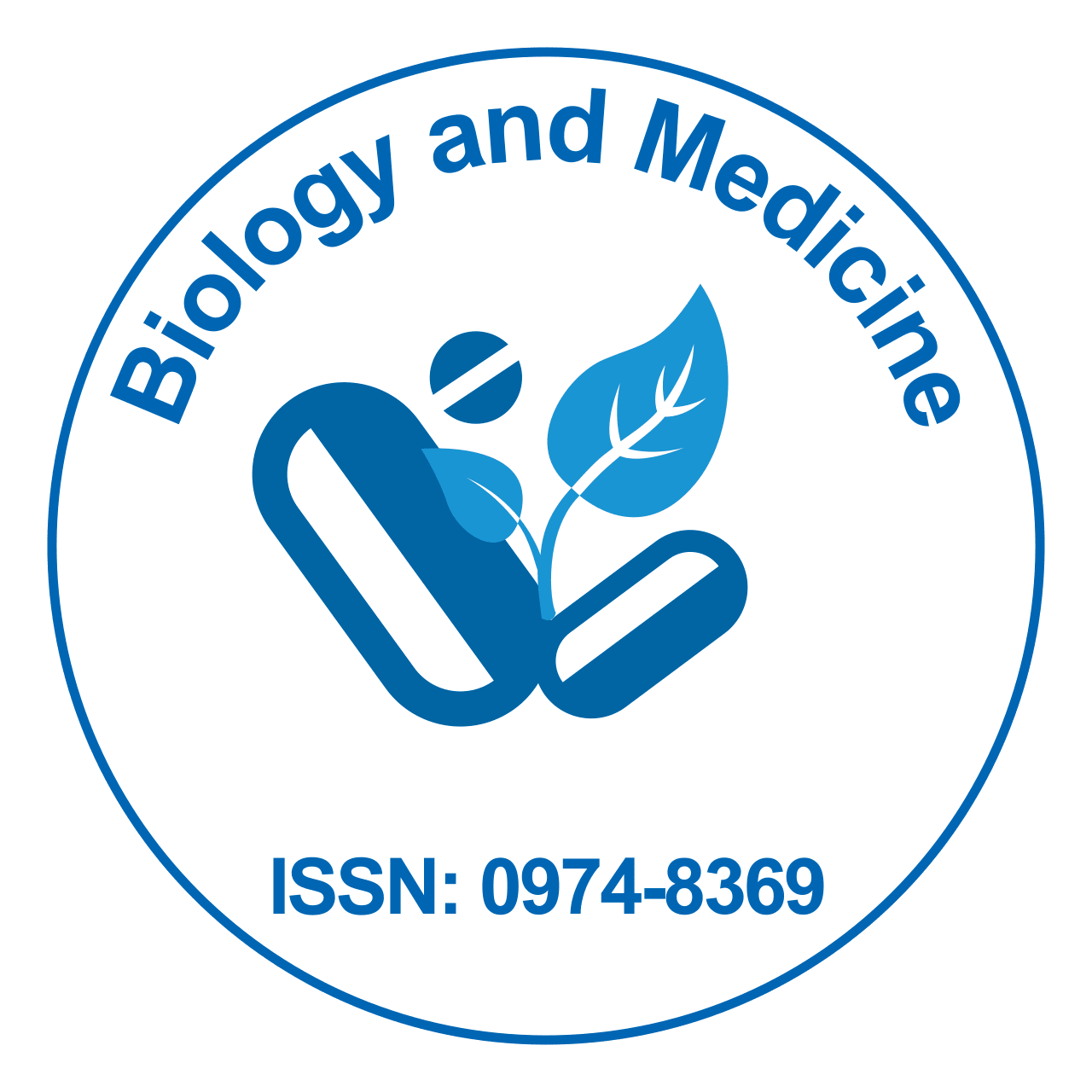


The ever increasing use of pesticides has increased the propensity to identify microorganisms for bioremediation. This research study has been carried out for physical, chemical and microbial characterization from animal waste with special reference to cow dung for its potential use in bioremediation of hazardous compounds like pesticides. Physico-chemical data shows favorable conditions for the growth and proliferation of microbial consortium. The microbial consortium assessed from the animal waste (cow dung) mainly comprised of Pseudomonas sp., Actinomycetes sp.,Cellulomonas sp., Escherichia coli, Flavobacterium sp., Serratia sp., Nocardiasp., Sarcinasp., Salmonellasp., Staphyloccocus aureus, Alcaligens sp., Bacillus sp., and Fungi. In order to isolate and identify the potential microorganism the microbial consortium were exposed to increasing concentrations of pesticide cypermethrin viz., 10mg/L, 25mg/L, 50mg/L and 100/mg/L using scale up process technique. The potential organism resistant to higher concentration was identified by 16s rDNA technique. The organism was identified as Pseudomonas plecoglossicida with NCBI BLAST homology and is a novel organism for bioremediation of hazardous compounds.
Read Article